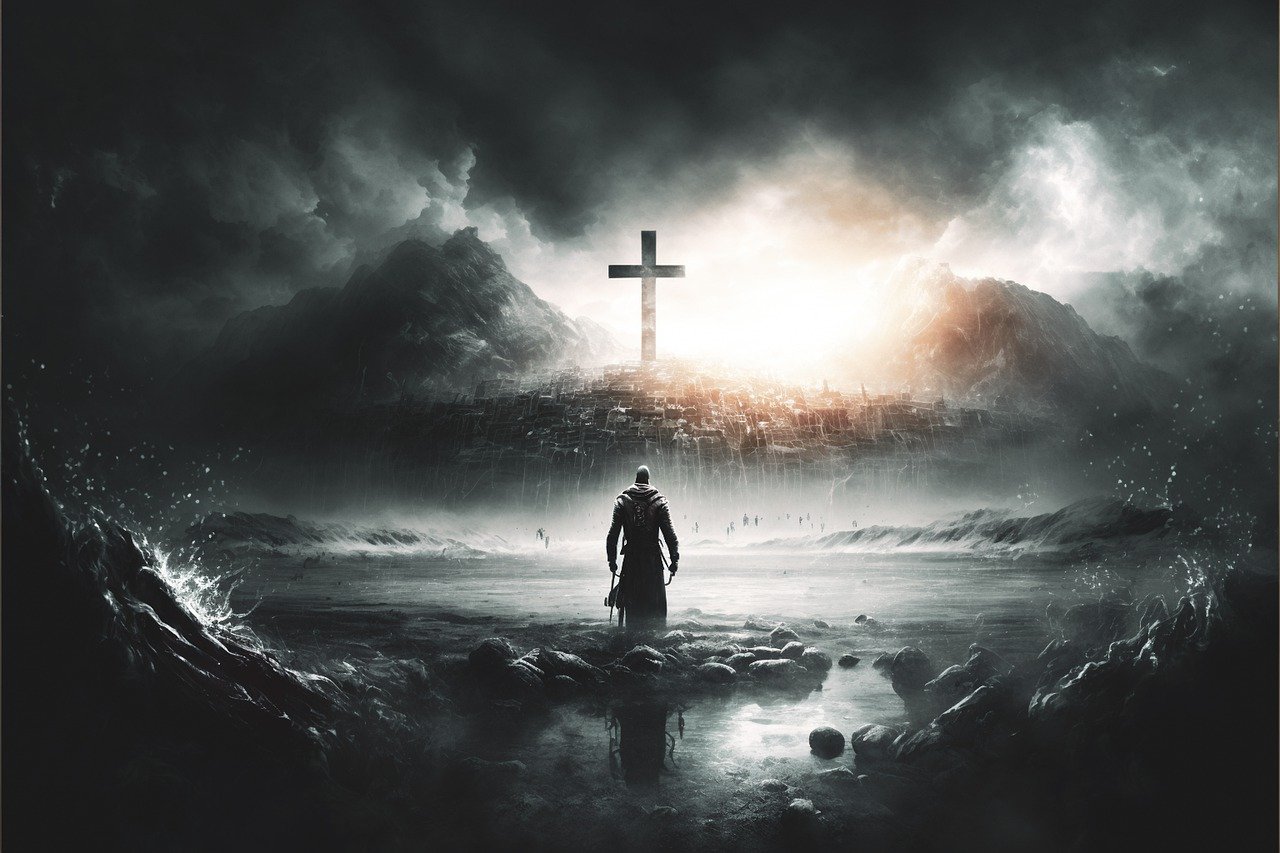1. Religious Perspective:
- Divine Messengers: From the religious standpoint, prophets are considered authentic messengers of God or the divine. For example, Muslims believe that Muhammad was the final prophet who received the Quran from Allah, while Christians view Jesus as the Son of God and also a prophet. In Judaism, Moses is seen as the greatest prophet who delivered God's law to the Israelites.
- Miracles and Prophecies: Many prophets are associated with miracles and fulfilled prophecies, which believers cite as evidence of their divine connection. For instance, the miracles of Jesus, such as healing the sick and raising the dead, are central to Christian faith. Similarly, Muhammad's prophecies and the revelations he received are foundational to Islam.
2. Historical Perspective:
- Historical Evidence: Historians approach prophets by examining historical evidence, such as texts, artifacts, and cultural context. For some prophets, like Muhammad or Jesus, there is considerable historical documentation, though much of it is religious in nature. Historians often differentiate between the religious narratives and the historical figure, analyzing how their teachings and actions influenced history.
- Cultural Impact: The impact of prophets on history and culture is undeniable. Figures like Moses, Jesus, Muhammad, and the Buddha have shaped entire civilizations, influencing laws, ethical systems, and societal norms. Even if one approaches these figures from a purely historical viewpoint, their significance in human history is profound.
3. Skeptical Perspective:
- Mythology and Symbolism: Skeptics often view the stories of prophets as a mix of mythology, symbolism, and historical fact. They argue that the miraculous elements of these stories may have been added or embellished over time. For instance, some scholars suggest that the parting of the Red Sea by Moses might be a symbolic narrative rather than a literal event.
- Psychological and Sociological Explanations: Some theories propose that prophets may have had extraordinary psychological experiences, such as visions or revelations, which were interpreted as divine messages. Others view the emergence of prophets as a response to sociopolitical conditions, offering hope and guidance to communities in crisis.
4. Interfaith and Comparative Perspective:
- Common Themes: A comparative approach to prophets across different religions reveals common themes, such as moral teaching, social reform, and the call to return to spiritual or ethical principles. Despite differences in theology, prophets often play similar roles in guiding their followers and challenging existing power structures.
- Universal Archetype: Some scholars and theologians view prophets as a universal archetype—a figure who appears in various cultures to lead, inspire, and bring about change. This perspective suggests that the concept of prophecy is a fundamental part of human spirituality and social development.
Conclusion:
The reality of religious prophets can be understood in different ways depending on one's beliefs and approach. For believers, prophets are divine messengers whose teachings and actions are sacred and true. For historians, they are significant figures who have shaped the course of history. Skeptics may view them as symbolic or mythological, while comparative studies highlight the commonalities across different religious traditions. Ultimately, the reality of prophets is intertwined with faith, history, and the human experience.
